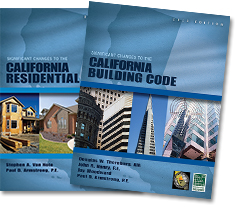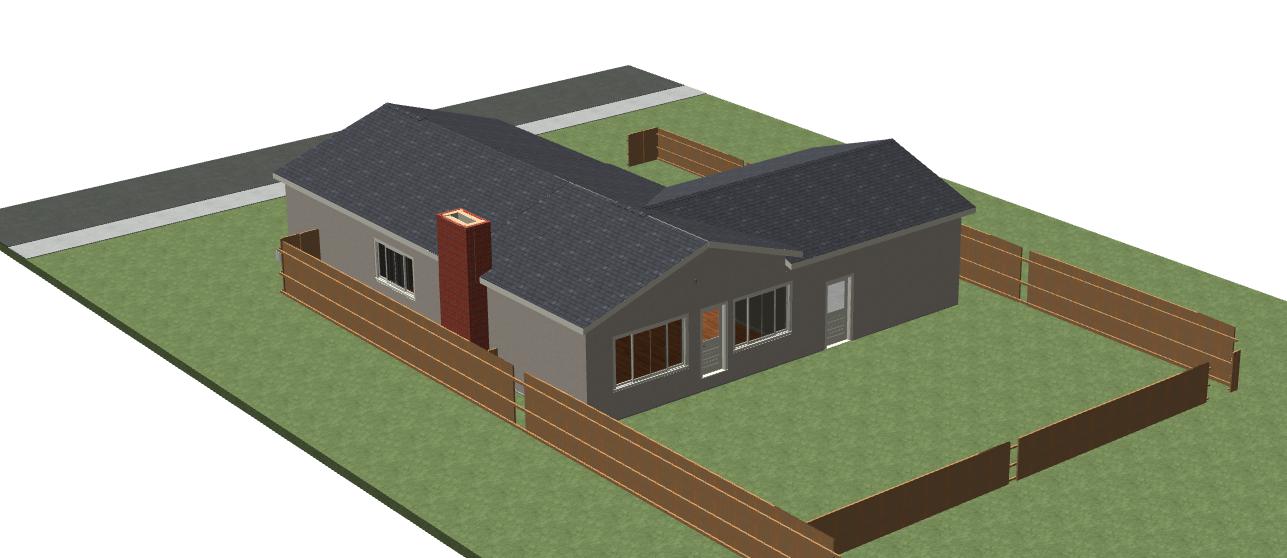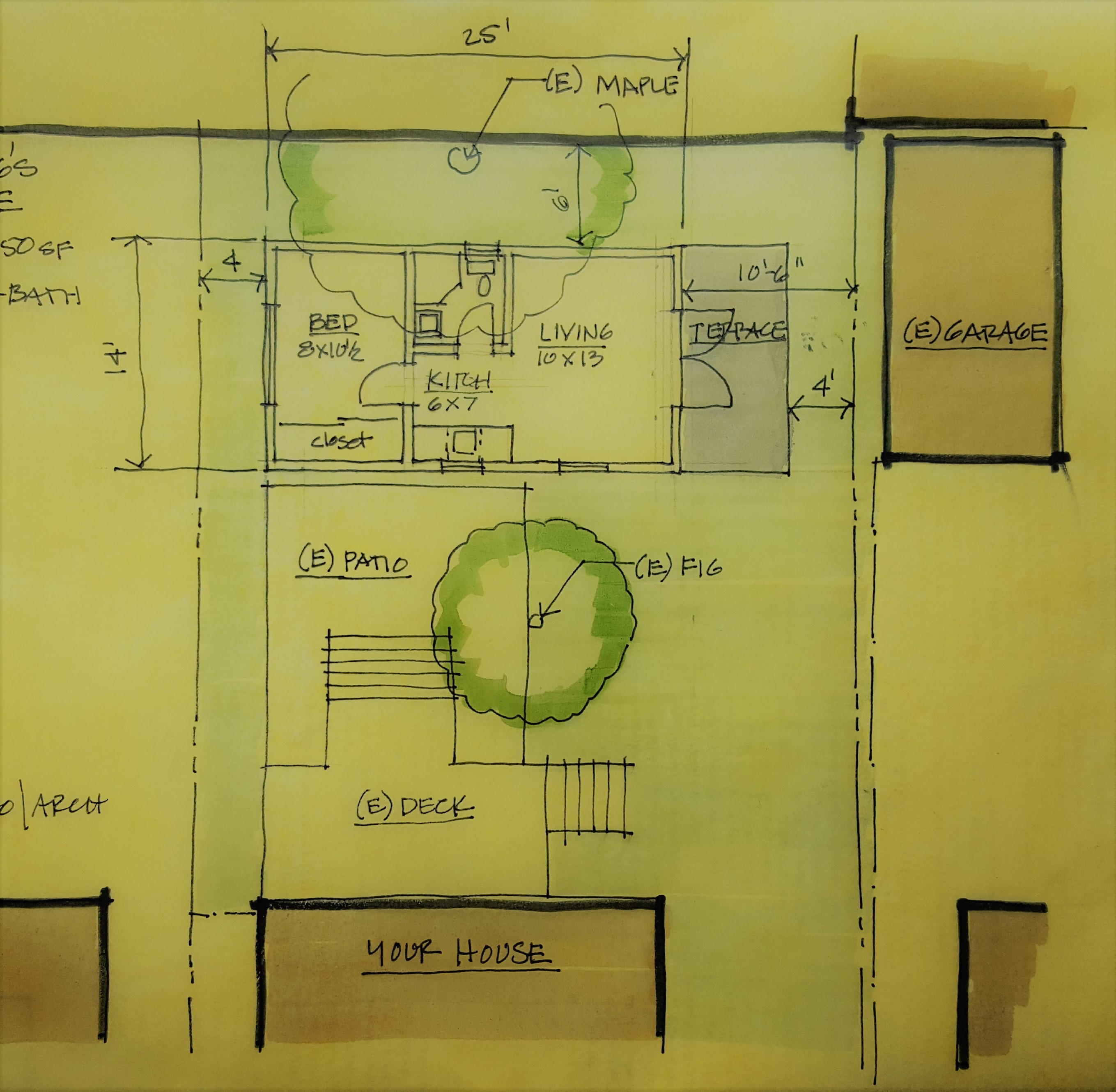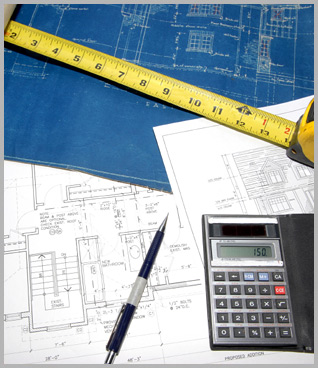For home owners building codes can be a real mystery, particularly when the project is to remodel an existing house.
New projects are required to comply with the current building code (the code in effect at the time you apply for a building permit). The general rule is that whatever work is involved for your remodel or addition must comply with the current code. Existing conditions outside of the area of the remodel are generally not required to be brought up to current code.
I say “generally not required” because there are exceptions. The biggest exceptions in the San Francisco Bay Area at this time are related to fire safety. The code requires that if you are remodeling or adding on to an existing house, you are required to install new hardwired and interconnected smoke and CO2 detectors/alarms. This is true, even if you have existing battery operated alarms. There are exceptions, but your house has to be pretty strange to qualify for those exceptions. This is of minimal expense (compared to the cost of most addition or remodeling projects) and is well worth the expense.
There are also some municipalities that are requiring that houses with additions in excess of a stated size (usually 400 square feet) are required to add fire sprinklers throughout the entire house. This is a very much more expensive addition to a project. It usually means enlarging the water supply line serving the house and having to add sprinkler heads throughout the house. The sprinkler heads that are recessed in the ceiling – and are the least intrusive visually – are also the most expensive.

Another situation is that we often find that houses have been added on to or remodeled without permits. This presents a whole different set of problems. If a house was built with permits and the code has changed, we are often allowed to let the condition remain if it is not in the area of the remodeling. If, however, the work was done without permits, the municipality can often require that previous work done without a permit be removed or brought into compliance with the CURRENT code.
Bringing existing non-permitted work into compliance can be problematic. It usually involves some amount of demolition in order to allow inspections of the framing, insulation, electrical and plumbing work. The cost of bringing non-permitted work into compliance can be considerable.
I am working on two projects at the moment that involve bringing un-permitted work into compliance with current codes. The two projects are in different cities. The processes are different in each city. The code issues are different in each case. But the work is worthwhile for the homeowners. I suspect that the resale value of the homes will increase once the projects are completed, because the uncertainty associated with having un-permitted work will have been removed. Safety issues will have been addressed and in the case of one of the projects, the ability to rent out the second dwelling will now be legal providing the both the home owner and tenant with stronger legal footing for their rental agreements.





